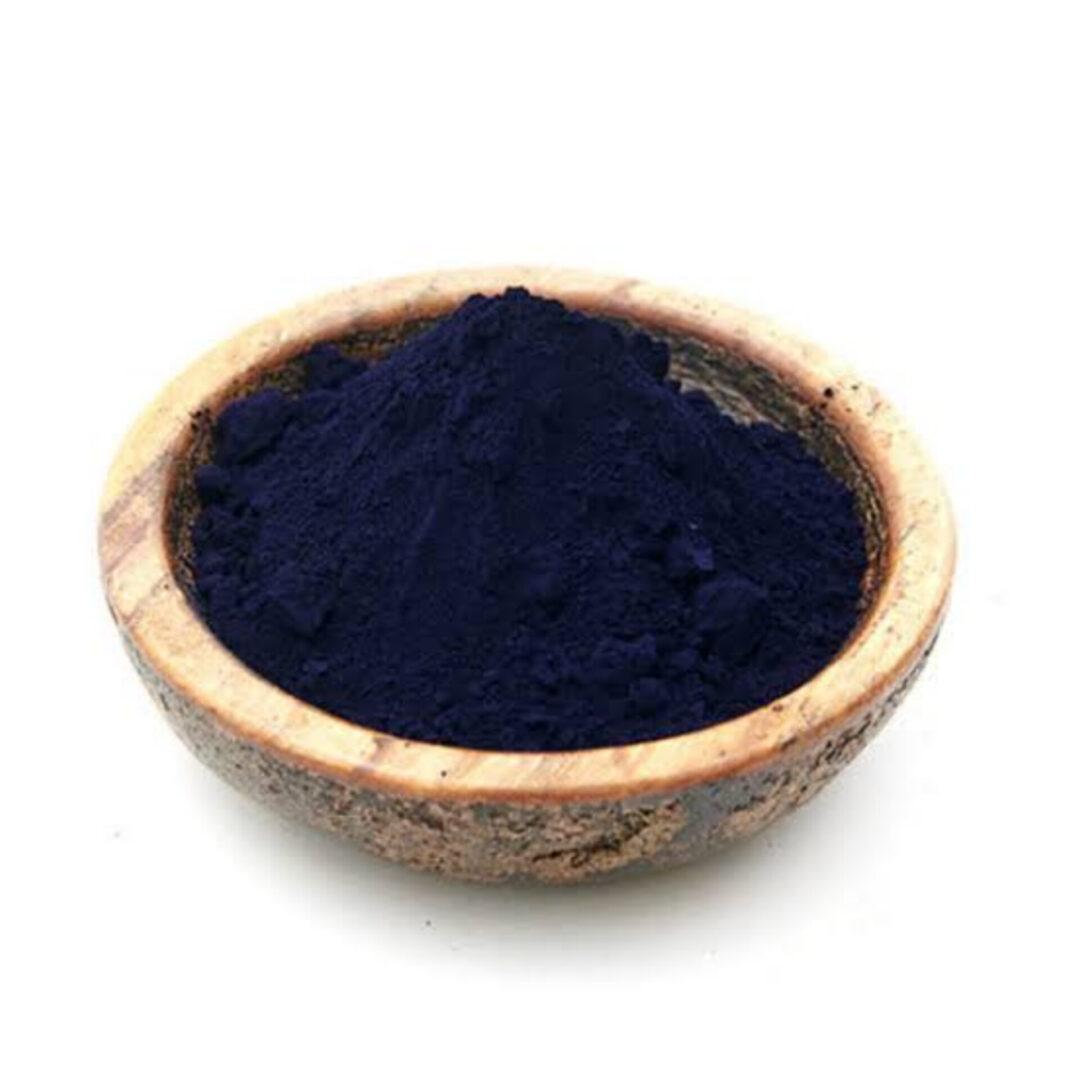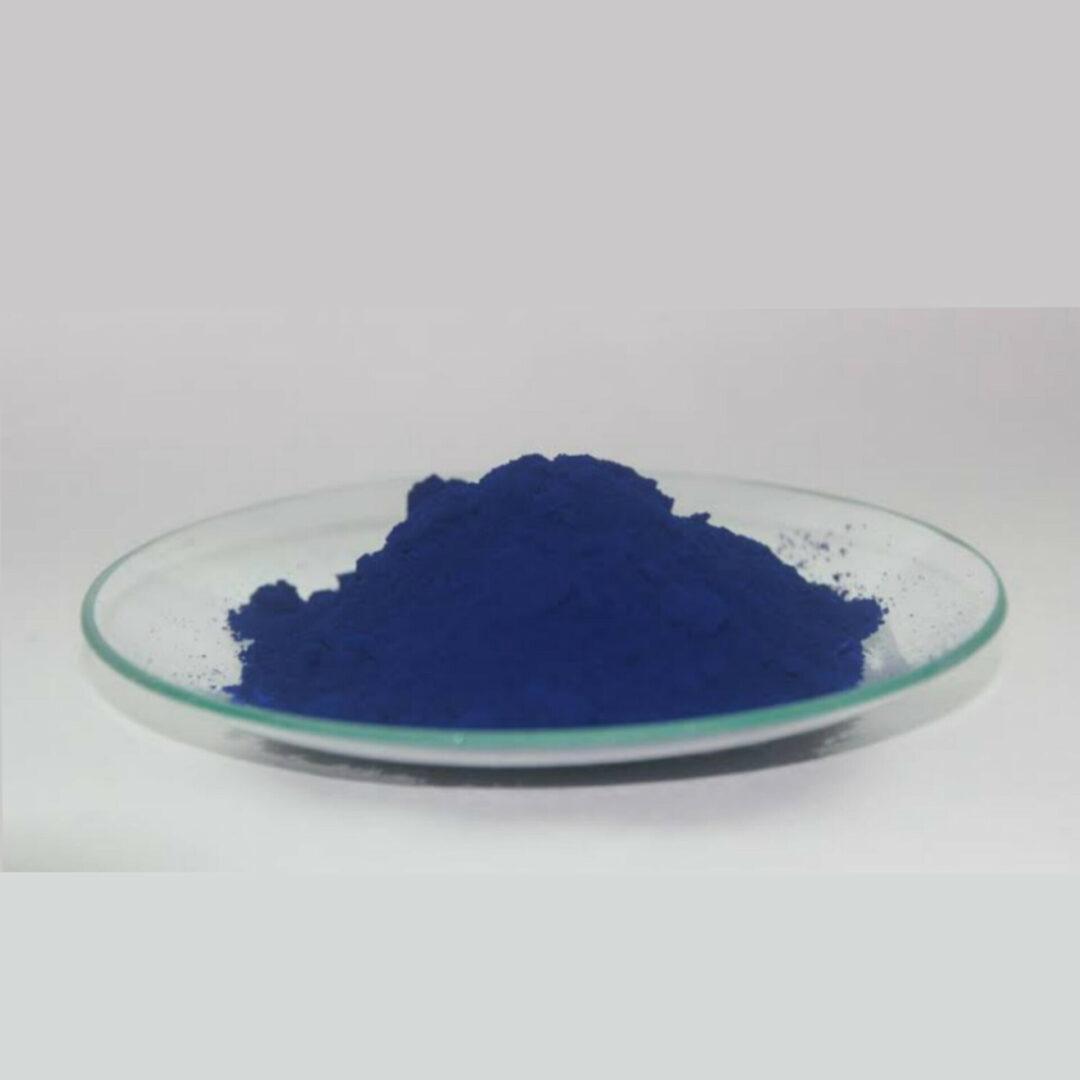Indigofera tinctoria, commonly known as true indigo, is a plant species that has been historically valued for its ability to produce a natural blue dye. It is native to India and has been cultivated for centuries for its use in dyeing textiles. Here are some key points about Indigofera tinctoria:
- Natural Blue Dye: The leaves of the Indigofera tinctoria plant contain a chemical called indican, which can be converted into a blue dye through a fermentation and oxidation process. This blue dye is known as “indigo.”
- Traditional Dyeing Process: The process of extracting indigo dye from Indigofera tinctoria involves fermenting the leaves to release the indigo pigment, which is then oxidized to create the blue color. This process has been used for centuries in various cultures, including India, Japan, and many parts of the world.
- Historical Significance: True indigo has played a significant role in the textile industry and the production of blue-colored fabrics for centuries. It was highly valued in trade routes and was used to dye fabrics such as denim.
- Medicinal and Herbal Uses: In addition to its use as a dye, Indigofera tinctoria has been used in traditional medicine systems in various cultures. Different parts of the plant, including the roots and leaves, have been employed for their potential medicinal properties.
- Agricultural Cultivation: Indigofera tinctoria is a hardy perennial plant that can be grown in a variety of climates. It is typically cultivated for its leaves, which are harvested for dye production.
- Modern Uses: While synthetic indigo dyes have largely replaced natural indigo in commercial textile production due to cost and efficiency, there has been a resurgence of interest in natural dyes for sustainable and eco-friendly textile production. True indigo is still used in some traditional and artisanal dyeing processes
Indigofera tinctoria, also known as true indigo, has different names in various Indian regions due to its historical and cultural significance. Here are some of the regional names for Indigofera tinctoria in India:
- Indigo (English): The plant is commonly known as “indigo” in English, which is derived from the Latin word “indicum,” meaning “from India.”
- Nil (Hindi and Urdu): In Hindi and Urdu, it is often referred to as “nil” (नील or نیل), which means “blue.” This name reflects its use in dyeing to produce blue color.
- Neela Amari (Telugu): In Telugu, it is called “Neela Amari” (నీల ఆమరి), again emphasizing its blue color.
- Avuri (Tamil): In Tamil, it is known as “Avuri” (அவுரி).
- Avirel (Kannada): In Kannada, it is referred to as “Avirel” (ಅವಿರೆಲ್).
- Neelamari (Malayalam): In Malayalam, it is called “Neelamari” (നീലമരി).
- Nili (Bengali): In Bengali, it is known as “Nili” (নীলি).
- Nilini (Gujarati): In Gujarati, it is referred to as “Nilini” (નીલણી).
- Nilapattu (Odia): In Odia, it is called “Nilapattu” (ନୀଳପଟ୍ଟୁ).
- Nilathodu (Malayalam): In some regions of Kerala, it is also called “Nilathodu” (നിലത്തോടു).




Reviews
There are no reviews yet.